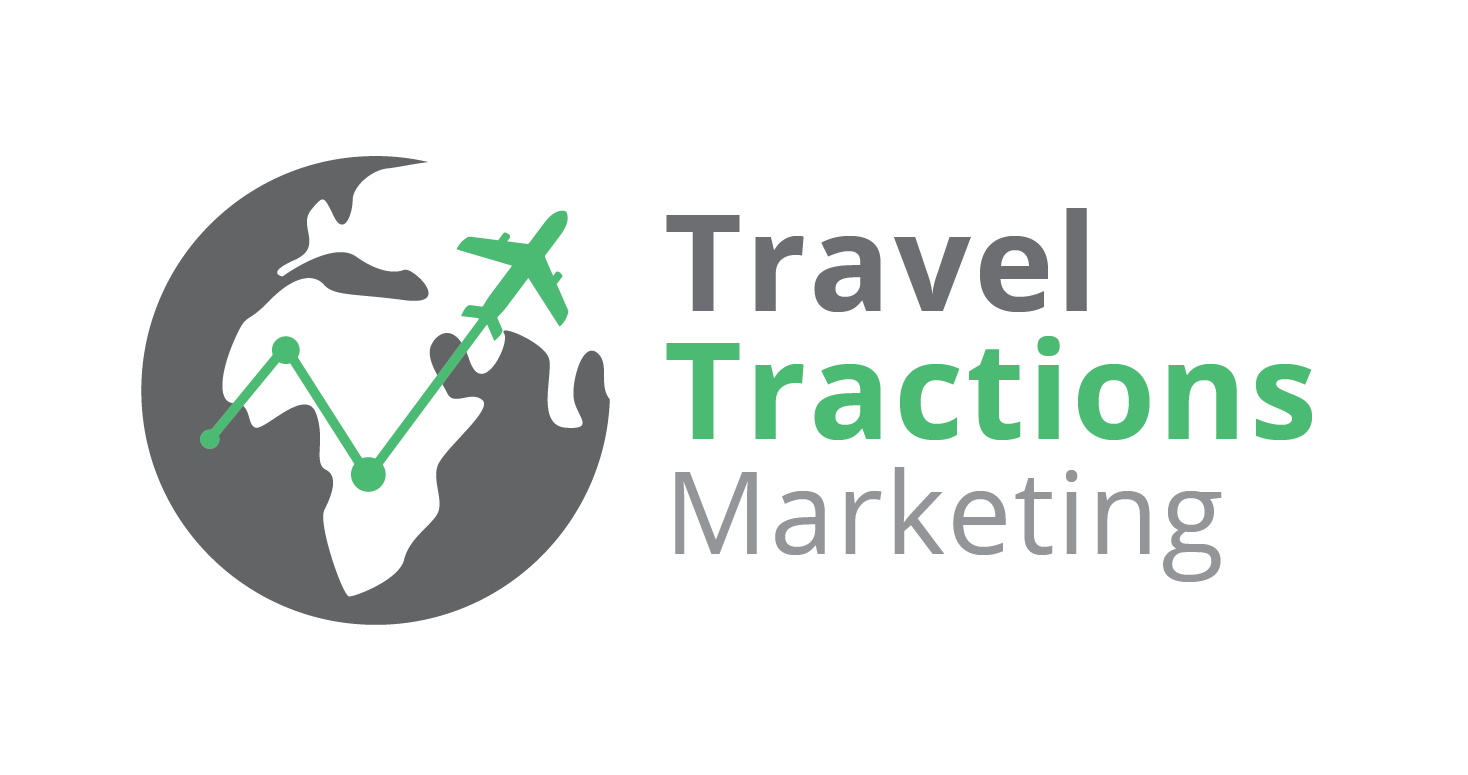

15 Elements of a Great Hospitality Website Design
As we know, the hospitality industry is incredibly competitive. So, making a good impression from the get-go via a well-crafted website can put you a cut above the rest for prospective guests. But, there are many elements of a great hospitality website design that need to be included before hitting publish.
Finer details like a clear and easy website navigation system or fast loading speeds are what elevate the web design between an affordable inn and a 6-star hotel. And messing this up risks having you look unprofessional and inexperienced.
Take a look at these design elements below that will have your website generate bookings and build your online brand.
The Most Important Hotel Website Elements You Cannot Miss
The elements are the building blocks of a successful website. Hospitality websites need something more than just general elements. These can be found below.
Responsive Design
A critical aspect of hotel website design that is overlooked more than it should be is responsive design — specifically for mobile devices. Regardless of what device you’re visiting a site from, be it desktop computers, tablets, or smartphones, a well-designed site should scale and work comfortably on either.
The world is pivoting increasingly to smaller and more manageable devices, so web design should also cater to this. This design includes scaling buttons, images, videos, and menus for the optimal viewing experience.
You can check if your site has a responsive design by using a checker like this one.
Clear Navigation
The most important thing for any hotel website design is a clear navigational system. A luxury hotel website may spare no costs on having a visually appealing design, but quick and easy navigation trumps any beautiful composition.
This means a simple layout with clear indications of where to find important elements like information about rooms, services, and hotel facilities. Structured menus, interlinking, and organized web pages can achieve this.
Clear navigation also means a web page free of clutter. So limit the use of pop-ups, different banners, and visual elements to the point that they become distracting.
Quality Content
In August 2022, Google announced a new update that would contribute to rankings. This update, called the ‘Helpful Content Update,’ affected all websites. This continues to affect websites with many algorithms launched every year since then.
This meant that hotel websites with thin content, such as bullet point posts, superficial and poor writing, and duplicated content, had to step up their game, or they would no longer reach their target audience. It is important to note that thin content does not necessarily mean short. A 3000-word post can be equally as unhelpful as a short 500-word write-up.
Since the update, your website’s content had to focus on people-first content and include the E-E-A-T principles, have good visual aids, and add value. To some, writing a travel blog or content for the hospitality industry does not come easy. But, if you keep your information concise and show authority and expertise in your field that should be more than enough.
High-Quality Images
Visual elements like clear and stunning images are what elevate your content from ‘meh’ to fab. And it doesn’t have to cost an arm and a leg, either. If you are on a tight budget, it is possible to get free travel images on the web, too.
However, the downside is that these can be pretty generic, and you want to showcase your business authentically. That said, high-quality images taken from s smartphone could work well in a pinch, too.
The most important images you want to take are those that add value to your hotel website design. These images include a look at the layout of the property, its facilities, and the attractions around it.
If you are a hotel, it is important to have multiple images of how the rooms and bathrooms look, too. You can sprinkle these on the corresponding web pages or add them to a gallery.
A Balanced Layout
A balanced layout refers to the strategic placement of elements on a webpage or site. These include components like short and long-form copy, symmetrical design, white space, logos, and typography.
Think of a luxury hotel website. These often make good use of colour psychology and white space to keep their pages clean and proportional. This helps eliminate the overwhelming feeling of clutter, increasing user engagement and decreasing bounce rate.
Call to Action (CTAs)
A call to action is exactly what it sounds like. It is a prompt that inspires visitors or potential guests to take action. Examples of CTAs are phrases like ‘learn more’, ‘ click here to book a room’, and ‘contact us’.
A good CTA also contributes to your hotel website’s navigation. Without it, instructions become unclear, and you risk losing a sale or webpage visitor.
The best way to include CTAs in website copy is to add a sense of FOMO and emotion to it. Once you’ve researched your target audience, you should know what language works best. You can use these to push promotions, bookings, or even calls.
Optimised for SEO
If you want your hospitality website to show up or even rank on the SERPs, you have to optimise it to give it a fighting chance. The best hotel website designs show that SEO is one of their top priorities.
These have included adding title tags, meta descriptions, and links, among other things, to help search engines understand your hotel websites. On top of that, they also include quality and helpful content in the form of blog posts and have a strong social media presence. All of these combined contribute to a site’s SEO strategy.
Keep working on these elements, and you’ll have positive search engine results, too.
Accessibility in Hotel Websites
People come from different backgrounds and have different abilities, so being inclusive in any way possible is a step in the right direction. There are four principles you ought to look at when building an accessible website. It should be:
- Perceivable
- Operable
- Understandable
- Robust
Keeping your site optimised for SEO, like adding alternative texts, heading tags, and title tags, already adds a few elements. But keeping hotel websites accessible can also be as simple as being mobile-friendly or adding subtitles to videos.
It is important to be mindful of different abilities and triggers as well. For example, someone who often has seizures should avoid flashing videos or gifs, as these could trigger an episode. So, it is best to avoid these if possible or add a warning.
Fast Load Speed and Security
A slow website can make or break your audience retention. Studies show that users are more likely to bounce from a mobile site if the loading time is anything longer than 8 seconds. Desktop users are less forgiving and will move away if it’s anything longer than 3 seconds.
Compressing large elements like videos and images on your site can speed up loading time. It also helps to remove unnecessary plug-ins and minify coding. Lastly, enabling caching means pages won’t have to reload from scratch each time a user opens them.
As you can imagine, a site that collects user data like names, banking information, and identification needs strong security. To begin the process, use a CMS and install an SSL certificate. You can also set up a registering system where visitors can input an email address and password to further secure your guests’ sensitive information.
Adding Your Story
Storytelling in digital marketing is an important tool for explaining who you are as a company and brand. It is also a great way to showcase the hotel’s personality and make it more personable for potential guests.
This is usually added to the ‘About us’ page, but you can make it even more personal and change the heading to something like the ‘Hotel’s story’. Here, you’ll typically introduce your staff and their expertise. You could even dive into the history of the building, the area, and any rewards you’ve won to show expertise.
If it is a family business, it is a great opportunity to discuss the family’s history, who owned the property before, and personal anecdotes. Soon, your guests will feel very familiar with and comfortable with you, which is what you want from a trusted business.
Social Proof
It’s no use your spend hours praising your services and patting yourself on the back for your wonderful facilities if you can’t prove it. Better yet, get other people to prove it for you through social proof.
This can be done through guest testimonials, positive reviews, and user-generated content on social media. Hearing how wonderful you are from third parties is a great way for people to start trusting you and your services.
It’s good to have varied guest reviews on different platforms, too. So, these can be displayed on Google reviews, a third-party booking platform, social media, and on your site.
That said, negative comments or reviews are bound to happen from time to time, so don’t forget to address these as well. How you manage these will also give potential guests a good indication of your professionalism.
Point Out Unique Selling Points
It is very important to include space in your hotel website design to provide clear and transparent information about rooms, facilities, and services. This will help you stand out from your competition.
It is also a good opportunity to add high-value visual aids and long-form content about your services, activities, and attractions nearby. Some hotels even offer special discounts to guests when booking these activities through them. While this isn’t a necessity, it is a fun perk that many visitors might enjoy.
Contact Information
Part of good customer relationship management is making yourself accessible for your guests’ needs. This includes visibly displaying phone numbers, email addresses, and a physical address.
If there is any problem prior to visiting, most website visitors will head to this tab or even social media. An excellent addition to your site could be live chats or a bot that could answer frequently asked questions any time of the day while you are not available.
Seamless Online Booking Process
So, you’ve convinced your audience that your hotel or restaurant is the best in town with aids like high-quality images, a touching story about your origin, and clear information about your services, but there’s a snag. You forgot to add a simple and secure booking system to your hospitality website design.
There’s nothing more demotivating than looking forward to staying in a boutique hotel, but their booking process is difficult to decipher. Usually, this is enough to send you to another hotel.
There are two ways to establish a smooth booking process. The first way is to set up a system directly on your site. This gives you ultimate control over things like design, customisation, and security.
The second way is to do it through a (trusted) third party. These are usually sites like Expedia and hotels.com. These platforms list your space to help you reach a wider audience but also take a revenue cut.
Promotions
Promotions aren’t a necessary element, but it is a welcomed one to anyone hoping to check in or book a seat at your establishment. Adding hotel offers like discounts to your hotel website is a good way to ‘reward’ your customers for visiting your site.
You can add promotional elements to your website, such as a quick pop-up or even a banner, to advertise specials at a low cost.
Attracting Website Visitors with Essential Elements
The key to a successful hotel website is actually much simpler than you can expect. To keep it simple, it only needs three things: easy navigation, visual appeal, and transparency. With these three elements, you will see an increase in not only website visitors but guests in your hotel or restaurant, too.








